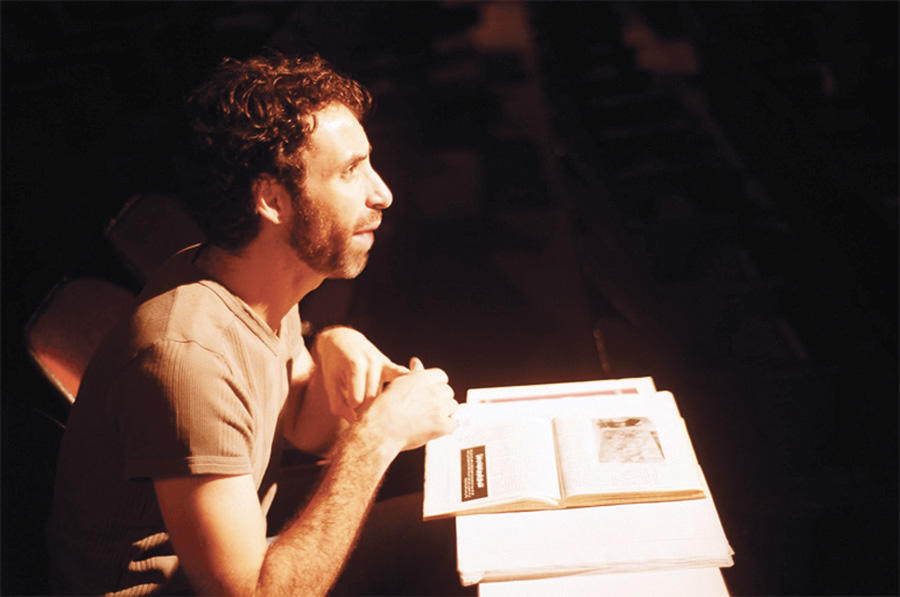
London / Liverpool
In Focus
Tate Modern, Tate Liverpool
Spring/Summer 2007
In Focus is a massively ambitious, ongoing project curated by Predrag Pajdic, engaging artists whose work refers to the Middle East from their own cultural, social, historical, and political contexts. Not surprisingly, it aims to destabilize prevailing conceptions of the region, many of them painfully essentialist in nature. The program is loosely split into three parts: an anthology of films, which travels to Tate Liverpool after the Tate Modern; Undo, an exhibition on view from June through July, featuring work that has never been shown before on the subjects of conflict, tension, and bereavement; and The Breath, a large-scale show including seventy-two artists, which is running from June through September in an old warehouse in London’s Finsbury Park area.
The film program includes a retrospective of Akram Zaatari; the series Lens on Syria: 30 Years of Contemporary Cinema curated by Rasha Salti; and a number of other tightly curated video programs that include works by the likes of Omar Amiralay, Ahmed Khaled, Mahmoud Hojeij, and Annemarie Jacir. In addition, a series of performances (such as Rabih Mroué’s Make Me Stop Smoking) as well as over one hundred educational activities round out the program.
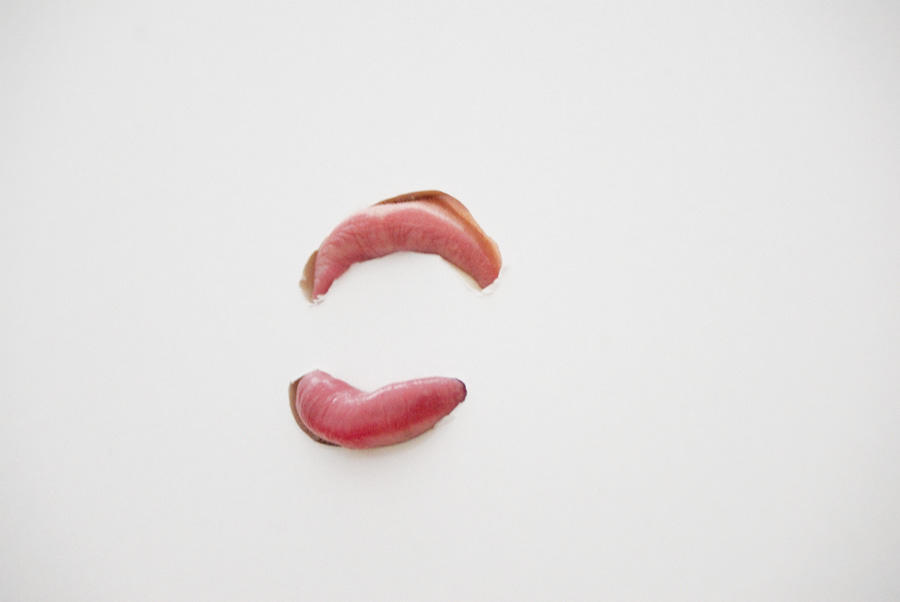
London
Memorial to the Iraq War
ICA
May 23–June 27, 2007
Just when we all desperately wanted to start taking the politics out of art, the ICA has invited twenty-six artists from around the world to make proposals for a memorial to the Iraq War. Organizers have (wisely) announced that their intention is not “to find a definitive memorial,” but rather to create a platform for diverse reactions to the ongoing conflict. This is a tall order, especially given the dearth of cultural expression that has emerged as a response to this particular war. But if a show at the ICA could bring us one step closer to engaging with the current mess in a slightly nuanced manner, we’re all for it. Presumably, the ICA’s location in a memorial-dense part of London will give the show added resonance. Memorial to the Iraq War features work by Lida Abdul, Marc Bijl, Christoph Büchel, Tony Chakar, Yael Davids, Jeremy Deller, Sam Durant, Chris Evans, Matias Faldbakken, Michael Patterson-Carver with Harrell Fletcher, Liam Gillick, Natascha Sadr Haghighian, Iman Issa, Sanja Ivekovic, Erik van Lieshout, Nate Lowman, Michaela Meise, Roman Ondák, Khalil Rabah, Collier Schorr, Vahid Sharifian, Sean Snyder, Jalal Toufic, Klaus Weber, and Keith Wilson.
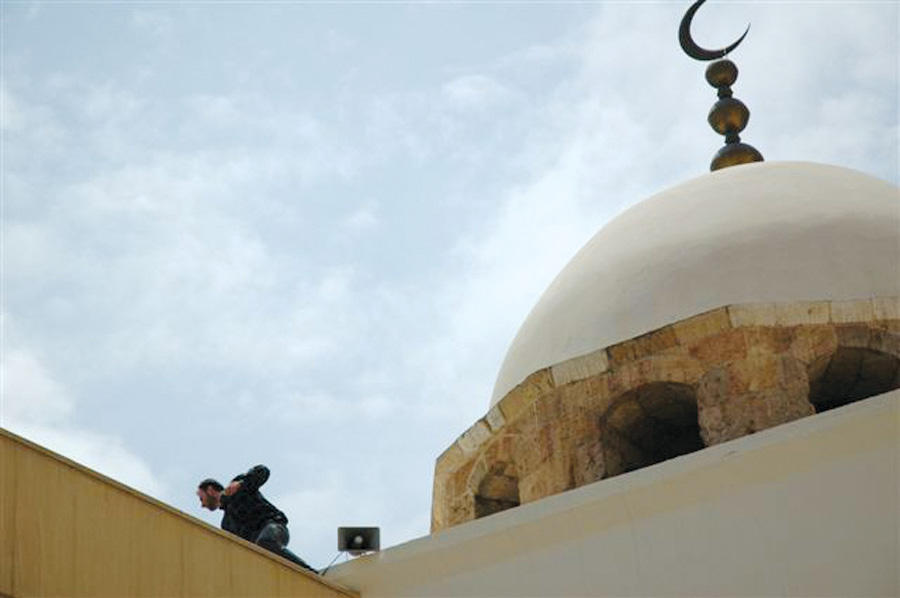
Beirut
Roody Nadim Khalil: Around the City
Galerie Janine Rubeiz
June 13–July 20, 2007
In Crossing Reds, two bent pieces of metal frame a nocturnal street scene lit by the blurred red taillights of several cars illegally crossing an intersection. In White Strokes, a smattering of white clouds, ranging from wispy to turgid, dominate a deep blue sky anchored by street lamps and rooftops that appear fragile in comparison.
Roody Nadim Khalil’s photographs, featured at Galerie Janine Rubeiz for the young artist’s first solo show, Around the City, are neither monumental nor grand. Khalil approximates the style of street photography pioneered by Helen Levitt—accidental, ordinary, and transient, yet capable of tragedy and tenderness all the same— and throws his sense of humor into titles aerated with double meanings and pop references.
The city center of Beirut, partially reconstructed in bizarre and highly politicized fashion, is largely off-limits to local artists, who anyway have long dismissed the area as a fiction, a stage set, and a farce. Yet Khalil wrenches a series of surprisingly vigorous images out of the downtown district. He does as Levitt did. The only difference is that he looks up.
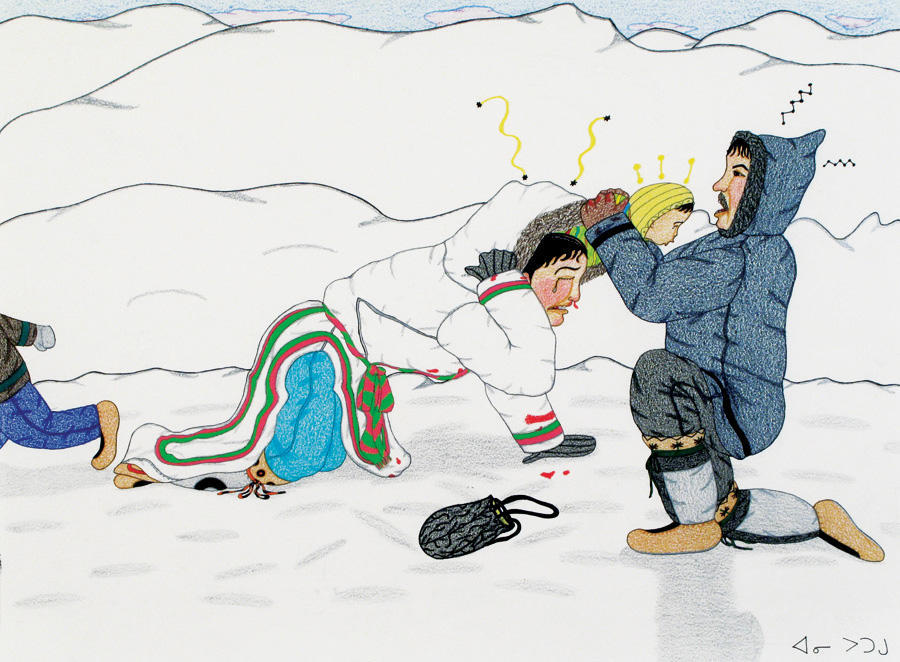
Kassel
Documenta 12
June 16–September 23, 2007
For the past year or so, the people behind Documenta have had many of us vaguely related to the art world pondering their three grand leitmotifs: “What is bare life?”; “Is modernity our antiquity?”; and, perhaps most enigmatic, “What is to be done?” Sufficiently lofty and vague, these themes will hopefully come together under the guidance of artistic director Roger M Buergel and art historian Ruth Noack. Organizers have been strenuously mysterious about the identities of the artists involved, only revealing in the weeks before the opening that a third of the artwork will in fact not be contemporary (including an anonymous Persian drawing). The artists whose participation has been leaked include Saadane Afif, Ricardo Basbaum, Sheela Gowda, Imogen Stidworthy, Ai Weiwei, and Artur Zmijeski. But the full list will be revealed one week before the exhibition — evidence that this Documenta’s emphasis is on process and “exhibition as medium” rather than a climactic opening ensemble. The community around Kassel, interestingly, has been engaged in a series of experimental exhibition practices, including tours of the show care of various art “mediators” and even local teenagers. A magazine project (in which this magazine is involved) has brought together over ninety arts and culture journals from around the world through a number of workshops and conversations in cities from Johannesburg to Hong Kong.
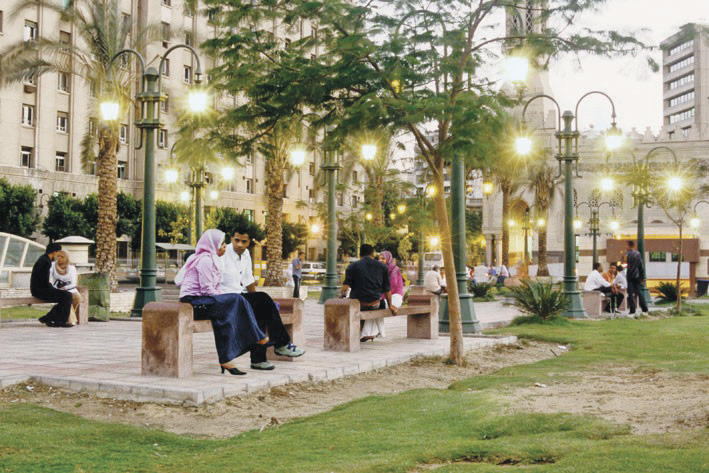
London
Global Cities
Tate Modern
June 20–August 27, 2007
Taking its inspiration from the enormously well-attended Tenth Venice Architecture Biennale in 2006, Global Cities is a major exhibition addressing ten global megacities: Cairo, Istanbul, Johannesburg, London, Los Angeles, Mexico City, Mumbai, Sao Paulo, Shanghai, and Tokyo. The show will feature newly commissioned work by architects including Nigel Coates, Zaha Hadid, Fritz Haeg, Rem Koolhaas, Nils Norman, and Richard Wentworth and existing works from artists such as Maha Maamoun, Hala Elkoussy, Huseyin Alptekin, and Osman Bozkurt. The exhibition at Tate Modern will use London as a concrete point of reference and comparison with the other nine cities. Issues ranging from migration to mobility, from social integration to sustainable growth will be broached, while five themes will form the centerpiece: size, speed, density, form, and diversity. Finally, the exhibition will act as a platform for debate, both informally and through public programs. “Debate London,” the Architecture Foundation’s series of four discussions about the current state of the UK’s cosmopolitan capital will take place June 22 through 25, and a program of film screenings will take place on Sunday evenings over the course of the summer.
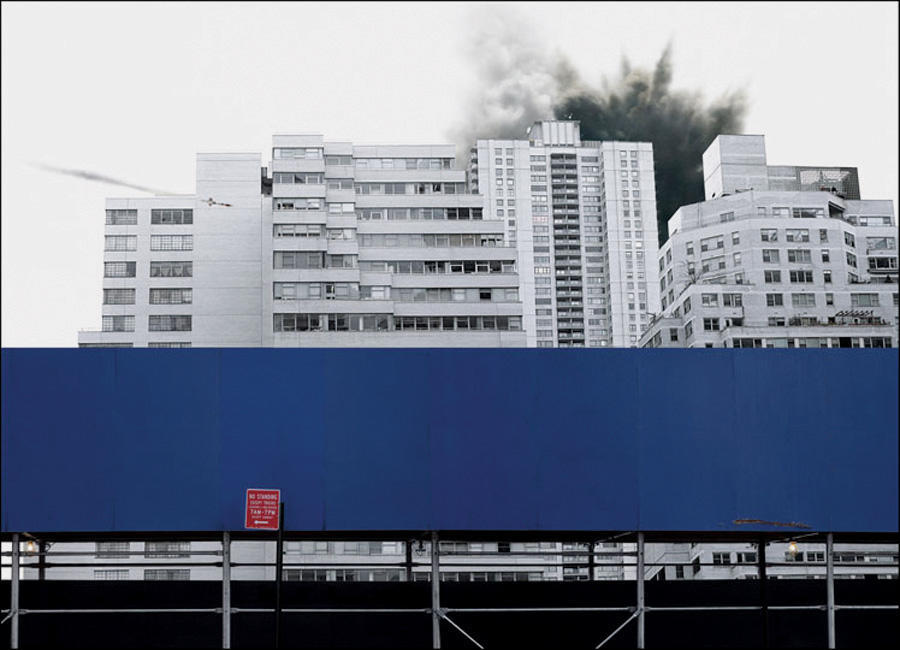
Istanbul
Istanbul Biennial
September 8–November 4, 2007
There’s nothing the peripatetic posse of international art critics likes better than to trash a biennial. But Istanbul’s ninth edition, curated by Charles Esche and Vasif Kortun, was roundly welcomed — in particular for its low-key yet in-depth focus on the city, its use of interstitial spaces, and its artist-led approach. The tenth biennial has a lot to live up to — but uber-curator Hou Hanru is no doubt relishing the challenge. Again, the focus will be on artistic production and practice and urban issues, and the biennial looks to be furthering its exploration of Istanbul’s spatial politics. The exhibition sites, including the Istanbul Textile Traders’ Market and santralistanbul, an Ottoman-era power station currently being converted to a cultural center, are off the tourist map, selected instead for the ways in which they are “culturally and politically symbolic of the question of modernity.” Satellite programs include Nightcomers, a dusk till dawn street project involving viewers as participants, based on Hanru’s concept of “dazibao,” in reference to the wall-mounted posters produced by the Chinese public during the Cultural Revolution.
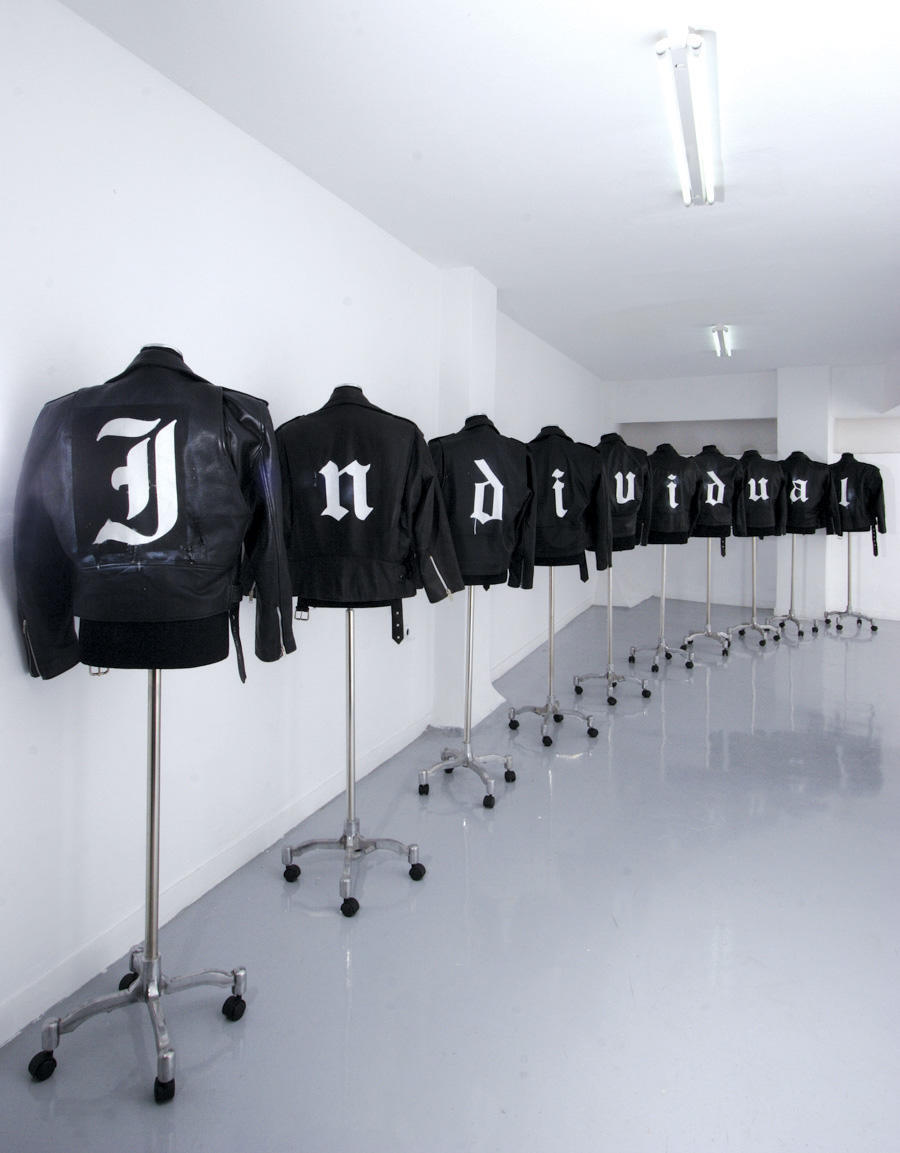
Athens
Athens Biennial 2007: Destroy Athens
Technopolis
September 10–November 18, 2007
Athens is about to join the ever-growing roster of capitals that boast an art biennial, with Destroy Athens, the first behemoth exhibition for the Greek city, opening in September. Promising a vehicle that “functions as an agent of change and innovation, as a platform for creativity and dialogue, and as an observatory, which will include the elements of contemplation and elaboration of collective issues,” Athens intends to play on its ambiguous position as neither center nor periphery.
The exhibition takes place in Technopolis, a complex of buildings covering thirty acres and including an industrial museum located in an old gas factory, and is curated by a local team: artist Poka-Yio, critic Augustine Zenakos, and Xenia Kalpaktsoglou, director of the DESTE Foundation Center for Contemporary Art. While the final selection of artists is likely to be international, the theme of the show takes Athens as a metaphor for the limitations imposed by stereotypes — both positive (tourist ad–typical antiquities, the Olympic games, and so on) and negative (pollution, recurrent political demonstrations); the destructive theme is to do with taking on predetermined behaviors and prescribed identities. The satellite activities include a conference (titled Prayer for (Passive?) Resistance) that took place in February; a series of publications launched throughout 2007; a bilingual online magazine; and artwave radio, which has been broadcasting online since April.